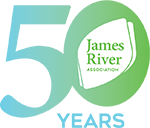Advocacy
River Advocacy
The James River Association strives to provide a voice for the River on important policy issues. Through advocacy at the citizen, local, state and federal levels, the James River Association works to ensure the health of the James River.
American shad was once one of the largest commercial fisheries along the Atlantic coast. However, the 2025 American shad stock assessment by the Virginia Institute of Marine Science found that populations of American shad in the James are at an all-time low. Learn what the James River Association is doing to assist the American Shad Recovery Plan.
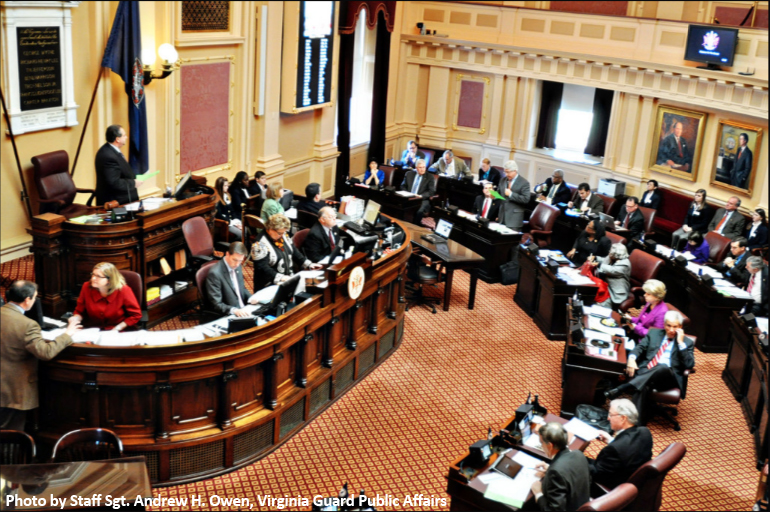
Make Your Voice Heard!
The actions of our government – at the local, state and federal levels – have an enormous impact on you and your family. Writing an email or a letter and making a follow-up phone call only takes a few minutes of your time, but it ensures that the people who make decisions on your behalf every day know how you want to be represented.
Elected officials at every level of government need to hear that their constituents care about clean water and a healthy James River. We’ve identified policy solutions that will help us reach a “Grade A” river. Take action now to share those solutions with your representatives.
Advocacy at each level
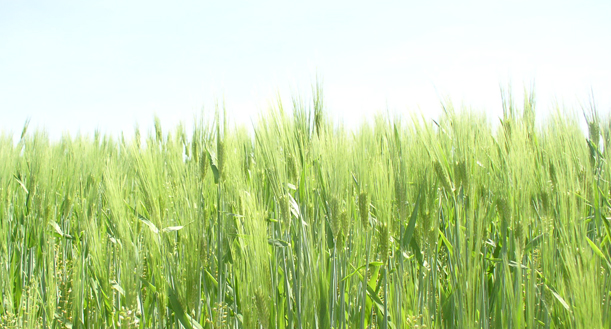
Local Advocacy
Many decisions that impact the James River are made at the local level. From stream buffer protections to political support for river restoration to emphasizing environmental education – it all starts at home. The James River Association works at the local level to ensure that the river is a priority in decision makers minds.
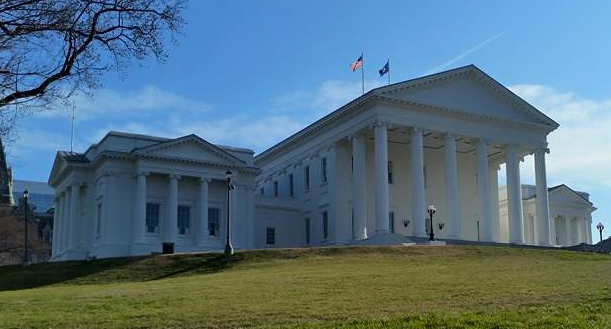
State Advocacy
At the state level, we ensure that public policies are in place to achieve a fully healthy James River. Our focus is two pronged: addressing long-term pollution concerns through river restoration plans and ensuring proper protections are in place to prevent future degradation. To accomplish these objectives, we work closely with state agencies as well as the Virginia General Assembly.
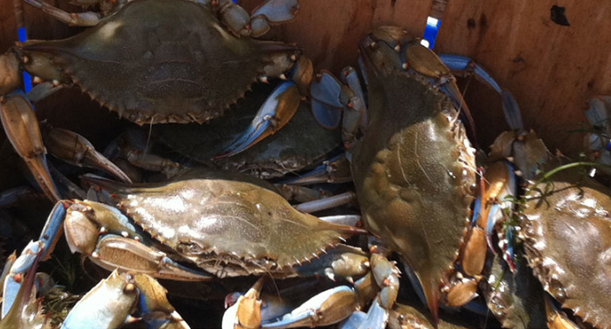
Federal Advocacy
As a part of its federal government outreach, the James River Association participates in the Choose Clean Water Coalition — 200 organizations from throughout the Chesapeake Bay watershed dedicated to protecting clean water for all. The James River Association focuses on supporting federal funding for clean water programs, working with the EPA on the Chesapeake Bay Cleanup, as well as agricultural and urban stormwater issues.
Advocate for your river.
Our Action Network, made up of thousands of advocates, contacts legislators, attends public hearings, researches policies and regulations, and helps us recruit others to speak up for the river.

